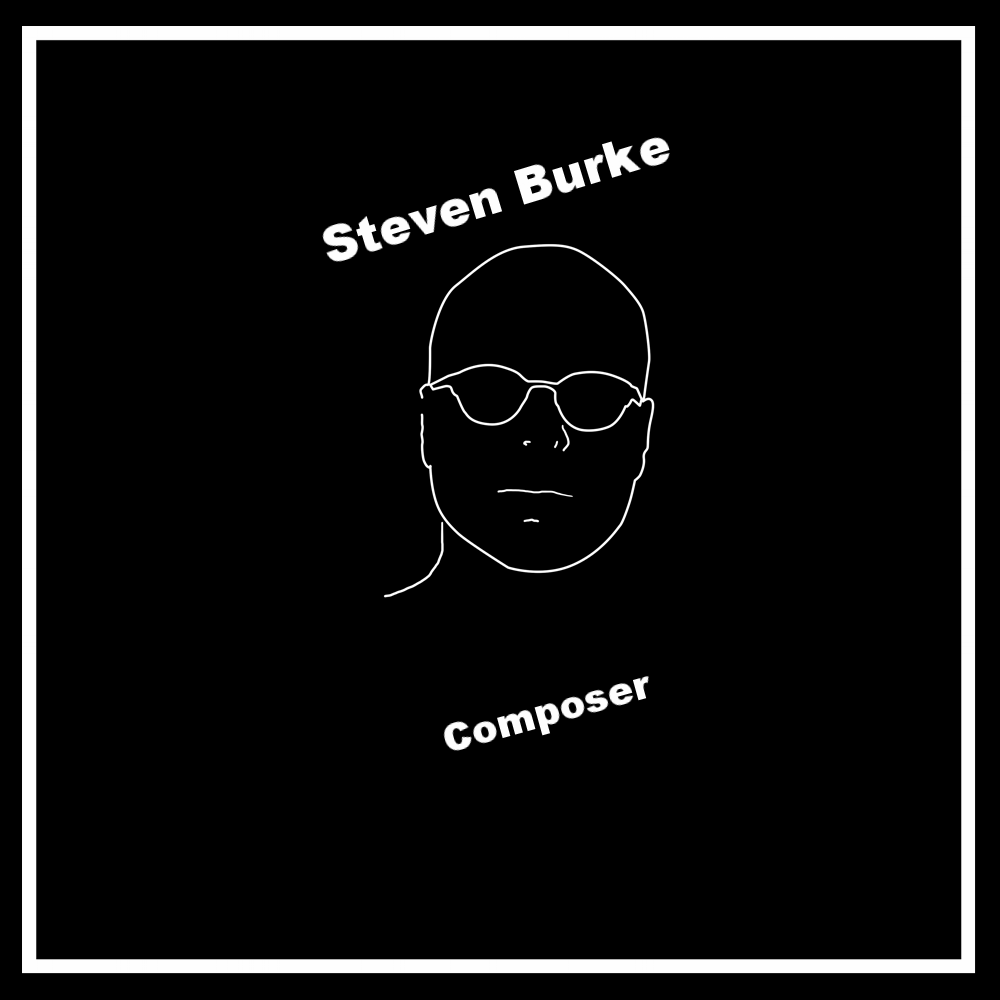Echo of Halos
The act of composing music is an escape for me. I make sketches and then something magical happens – I get possessed by the music and fall into a trance. The pains and cares of the world disappear as the spell of the music takes over. The sketches for Echo of Halos materialized during a period of my life saturated with love and loss. I am haunted by spirits of unrequited love and beloved souls who have touched my life. The act of composing Echo of Halos was an escape from the pain that this loss created, and became a tribute to great spirits.
The first movement Spirits introduces the main motivic theme of the entire work. It is a descending scale-like cell that undergoes a variety of transformations. The movement is haunted by this reoccurring theme and seeks a kind of peace with it, even an exorcism. The journey brings us to unexpected places and moods, among them drunken giddiness and frustration.
The obsession continues in the second movement Still. The contrapuntal fabric of this movement begins in a world that is harmonically and temporally closely related to Spirits. The climate here is “still” haunted by the “spirits” of the first movement. The main theme (from the first movement) is heard throughout as contrapuntal strands are woven from it. Still is scored for solo saxophone quartet and strings alone.
It is very difficult to deal with the loss of loved ones. The composition of the third movement is one way I dealt with recent losses. In Memoriam: Echo of Halos is a tribute and imagined dialogue with recently departed spirits. The movement begins with a harmonic and temporal world reminiscent of the other two. The main theme is clearly heard again. This movement is more of a kaleidoscopic dance of colors as instrumental groups elide with variations of the main theme. One of the variations is derived from the Kaddish – Jewish prayer for the dead and is a tribute to Jacob Druckman and Muriel Topaz Druckman. The movement is self-referential; referring to a piece I dedicated to Nicholas Last entitled Vision. It is intended as a tribute to him and his family.
The word “concerto” with all of its Classical and Romantic connotations doesn’t apply to Echo of Halos. The work isn’t outwardly engaged with my usual frenetic pulsation. The nervous energy here is less quantitative and more qualitative. It serves more as an inner bubbling turmoil seeking peace through a lyrical dramatic arch. I was more possessed with the lyrical beauty of the Raschèr Saxophone Quartet, particularly the marvelous sound of their Bach chorale arrangements. There is something magnetic, inspirational and soothing when I hear them play chorales. My spirit turned to that sound during these troubled times. The soloists are not cast as heroes; they are mere mortals posing questions, seeking answers. They call to the spirits through the might of the orchestra, the amplifier of their urgent questions. The orchestra is their tool – a mode of communication between the physical and the spiritual, and in many ways a fifth soloist. In my life the question remains and in the work it is obsessively present. As in life, the question is unanswered and finds acceptance through time.
